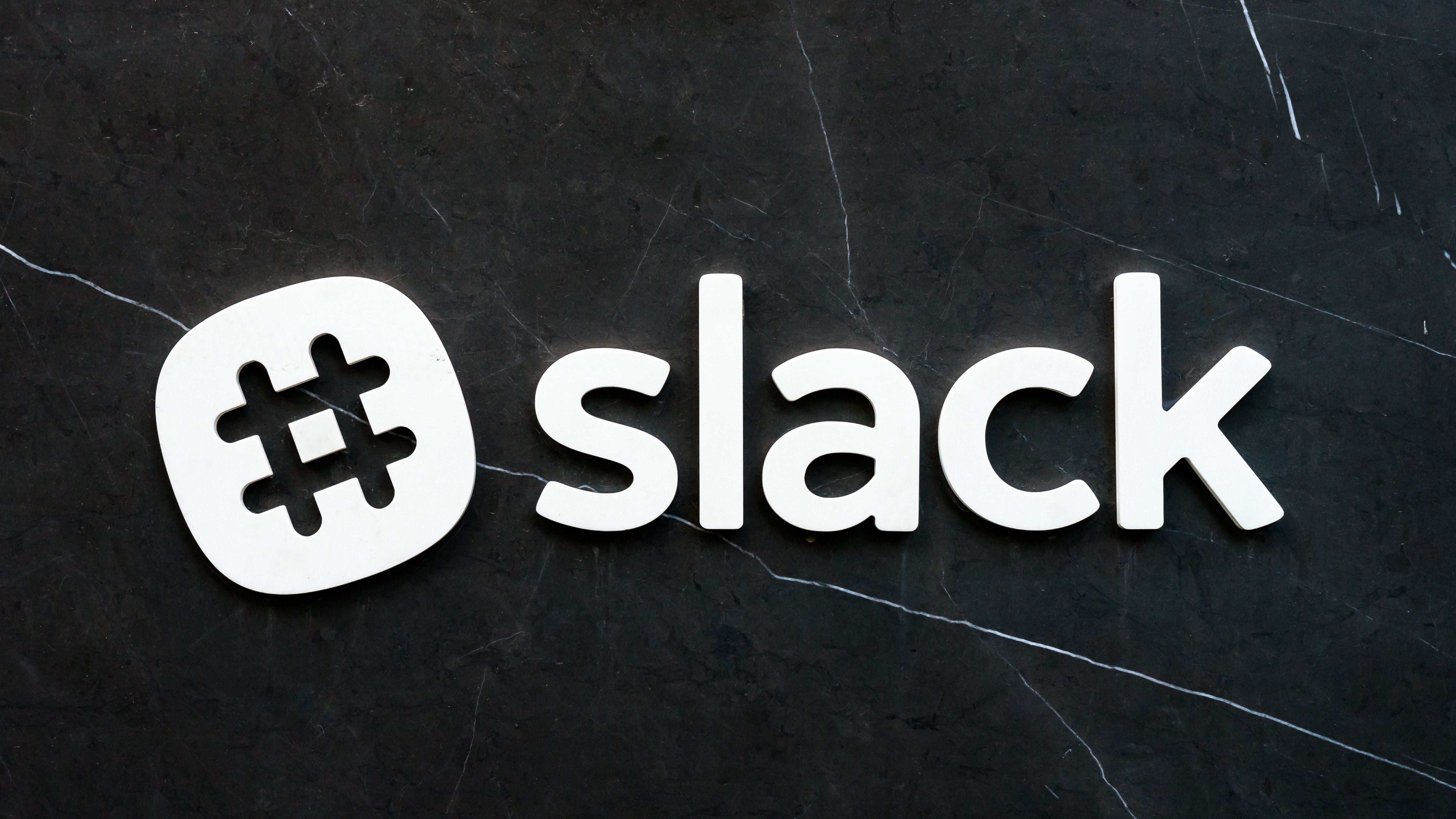
Here at Volusion, we work in an open environment where high ceilings, solid surfaces and cavernous corridors all contribute to an unquiet space. Conversations carry, footsteps echo and on Fridays — which are bring your dog to work days — barks bounce! This leads to a myriad of creative pursuits of the proverbial cone of silence. How do we solve the noise problem, so we can work without distraction?
All kinds of teams deal with has little to do with how sounds propagate, and can’t be measured effectively with a decibel meter
I’d propose that the noise that all kinds of teams deal with has little to do with how sounds propagate, and can’t be measured effectively with a decibel meter. That’s because the “noise” is coming from all directions. It’s in our email, Slack, Facebook, Messenger, Instagram and more. It’s everywhere, and it’s overwhelming. All of it steals precious thought cycles that would otherwise be put toward productivity which could lead to greater accomplishment, and ultimately higher levels of job satisfaction.
First, there’s the email problem.
I’ve come to believe the scientific community will soon put email on the periodic table, with its own atomic mass of a bazillion. When my inbox conversation count clicked past 50,000, I finally had enough and adopted (again) advice from a time management course I sat in a couple decades ago. Back then it was called making your inbox “white at night”, in reference to Microsoft’s white Outlook background. As a G-suite user, I prefer to call it the “clean getaway”. The premise is simple: when you leave the office at the end of each day, your inbox should be empty.
It sounds impossible, I know. If you’re like me, you’ve already created a bunch of filters, but apparently not nearly enough. And somehow you’re on every random marketing email list out there. And don’t forget those alerts from various systems, internal and external. Eventually you gave up trying to sort it out, and just let it pile up in your inbox, gingerly picking your way through the last days’ worth looking for something valuable. Hopeless, right?
Not really: you just need a starting point. The below steps are specific to G-suite, but the concepts can be adapted easily to Outlook too. Here’s what you do:

Step 1: Anything older than a week, just get rid of it.
You don’t have to delete it…that’s crazy talk, because there might be something valuable in there. But if you haven’t done something with it for a week, it’s not worthy of inbox status. In the search box, type in a date-relative search, such as "before: 2017/7/12". Select all, then where it says “All 50 conversations”, click the link for “Select all 62,384 conversations”. Then click Archive.
Wow! Tens of thousands of conversations are no longer cluttering your inbox. This is a huge load off of your shoulders! And if you ever want to root around in that stuff, you’ll still find it in “All Mail”. Sure, it might be better to groom those messages and delete the trash, but we have no time for that! That’s why we have to take these drastic steps!
Step 2: De-spam.
This part sucks, but is necessary to reduce the flow. For the messages still in your inbox, if you received the message unsolicited from an external source, take steps to prevent future messages. Personally, if the message has an “unsubscribe” link, I’ll do that, then delete the message. If there’s no unsubscribe link, then I just mark it as spam and let Google take care of it. You’ll have to do this for days — maybe weeks — but eventually, the flow of spam will slow significantly.
Step 3: Set rules for reports.
Getting reports emailed to you? Set up a filter so those messages skip the inbox and get their own label(s) applied. You’ll always know where to find them, but they won’t clutter your inbox. The same goes for anything that you receive regularly but doesn’t require your immediate attention.
Step 4: Set rules for FYI.
I’m on a lot of distribution lists that receive various alerts, but my membership in those groups is FYI: I’m not responsible for acting on those alerts. I create filters for these with the same handling as reports. Skip the inbox, apply a label or maybe just permanently delete them.
Step 5: Work the Two-Minute Rule.
As you look at the remaining messages, if you can reply or act on a message in under two minutes, just do it now, then archive the message.
Step 6: Tag emails for later action.
Create a label called “Action Needed”, then sub-labels for the tool/location/person you need to complete that action. Now, as you look through your inbox for a message that doesn’t meet the Two-Minute Rule, just assign the correct label, then archive it.
For example, I might have a message that I need to discuss with my boss. So I apply the label “Action Needed/Boss”, then archive it. Next time I’m in a one-on-one with my boss, I check for anything with that label, and make sure it get’s covered. The same is true for the office supply store, post office, daycare, etc. Sync those labels to your phone, so you can carry the to-do lists with you everywhere.
Step 7: You should be done, with an empty inbox.
If there’s stuff left over, parse the above steps again to find a fit, or invent a new step of your own!
The idea is that now your inbox is just the stuff that needs to be sorted. Some folks wait to look at email a couple of times each day, but I find that with this approach, it’s actually much better to check it often to prevent accumulation. It makes it very easy to know when something new needs your attention, and allows you to focus on what’s relevant when you’re in the right place, at the right time, with the right tools. The added benefit is that folks you interact with through email will notice that you’re much more responsive and they don’t have to resort to bumping threads to get your attention. That means even less noise for you.

So, what about Slack and HipChat?
Many companies like Volusion have moved away from simple, direct instant message solutions, to more collaborative, community-centric messaging platforms like Slack and HipChat. If Slack has become just another noise box with too many notifications, here are some tips:
Mute notifications for any channel that shouldn’t require your immediate attention.
The larger the channel participant list, the less likely it is you need a notification on it. Exceptions would be All Hands, Priority Notify or others used for important company announcements and discussions on service availability, outages or other potentially urgent communications. This is probably a lot of them. When you’re done, if you get a notification, it’s probably important and should be attended right away.
Leave channels that aren’t relevant to you.
If you’re not a contributor and the discussions seem never to relate to your job, just kick that channel to the curb. You’ve got enough on your plate.
Are your notifications sufficiently tuned, but there are still too many channels with new messages?
The Windows Slack client has a cool “All Unreads” function at the top of the left nav. If I’ve been offline and need to quickly catch up, this is where I scan. If I don’t need to engage, I click “Mark All Messages Read” and move on.
Just like with email, there shouldn’t be any channels or direct messages in an unread state at the end of the day.
This especially true of Slack since it’s all about “right now”. It doesn’t lend itself well to tracking to-dos, lacking the categorization flexibility of Gmail. If you’re looking for a to-do list, look elsewhere.
Of course, then there’s all the rest.
Facebook, news feeds, traffic and weather alerts, etc. Like with Slack, you need to choose your notifications wisely. For example, I want traffic information at my fingertips, but I don’t need it to make a noise to get my attention. That inevitably happens when I’m already sitting in the very traffic I’m being notified about. The notification then is just another pointless distraction from driving. The same goes for weather, news and most social media. Instant attention to these things rarely adds any value, especially at work.
What if there’s an urgent message I need to respond to from my partner?
Home emergencies happen, kids get sick, water heaters break, mothers-in-law make surprise visits. Work out with your partner an urgent communication path that is something different from everything else. For my wife and I, we use a double phone call method. I may not be able to take her first call, but if she calls right back, I know it’s urgent and I make sure I pick it up or call her back immediately. Everything else can wait until later.
Dealing with all of this “noise” should make your office environment seem a bit more manageable, leaving you feeling more in control of your day. Obviously, this isn’t a one-size-fits-all approach, so use what works for you and ditch the rest. And if you have your own awesome methods that make a world of difference, please share with the rest of us in the comments!











